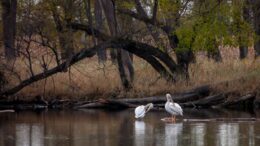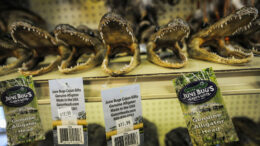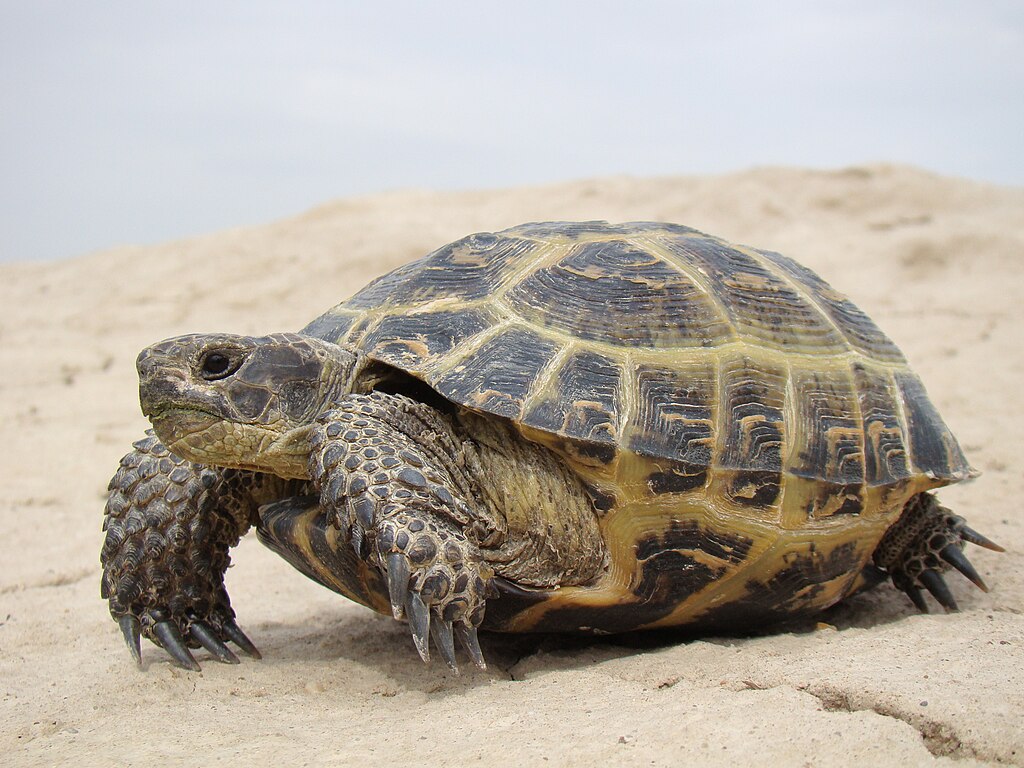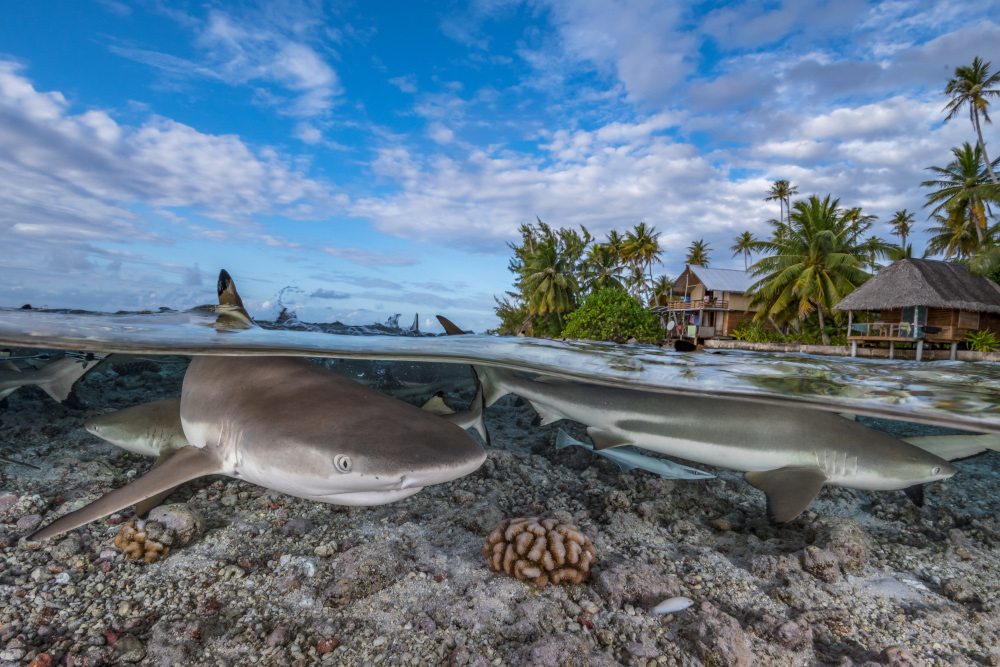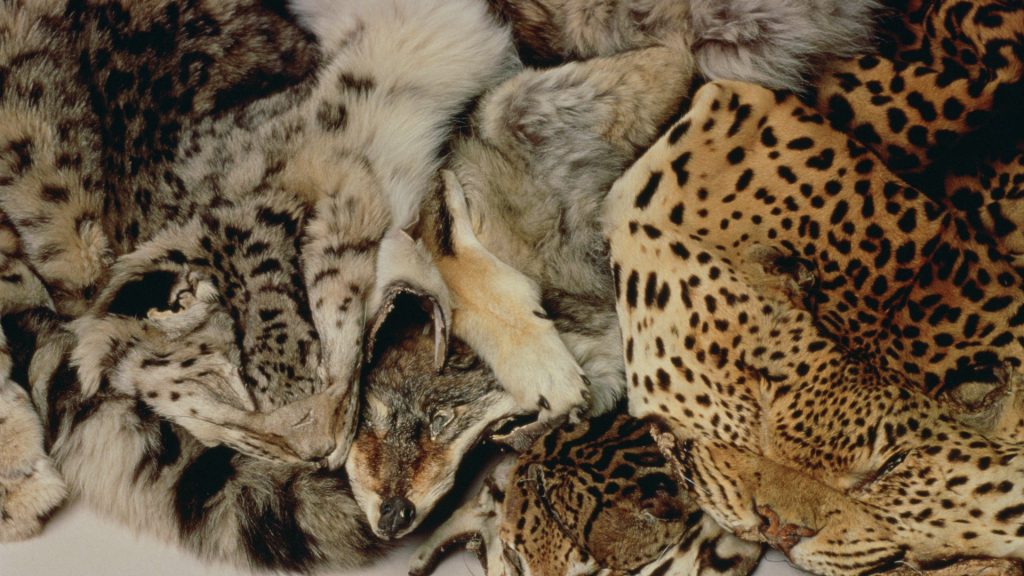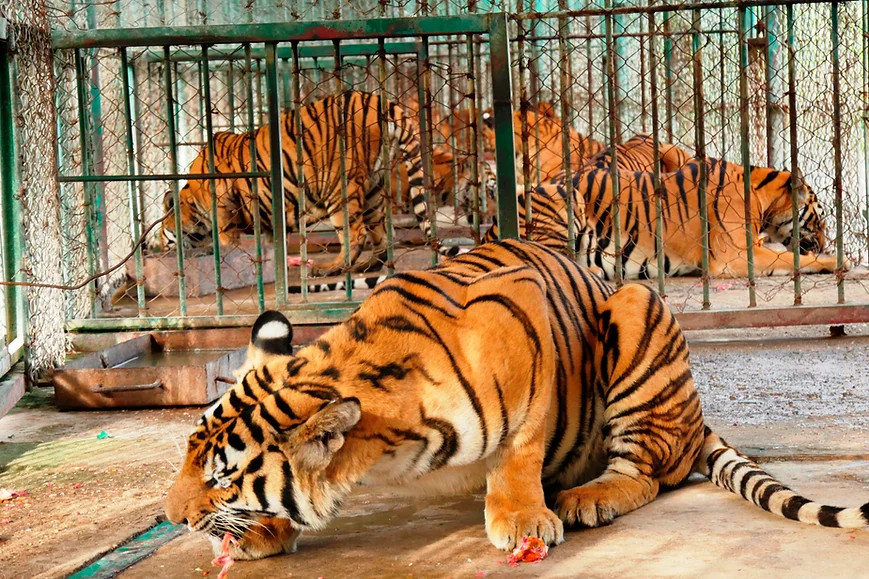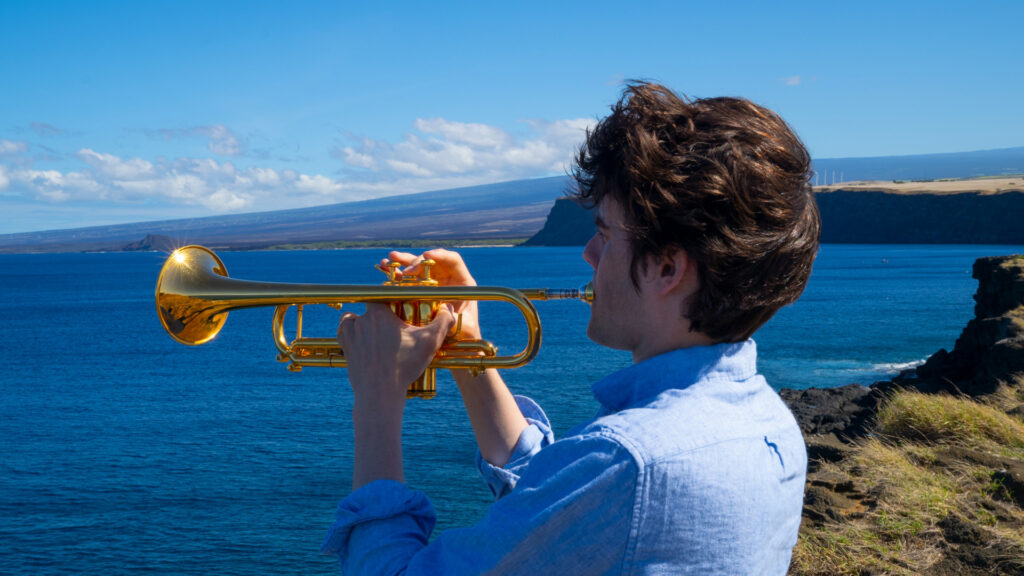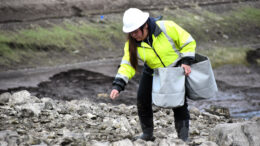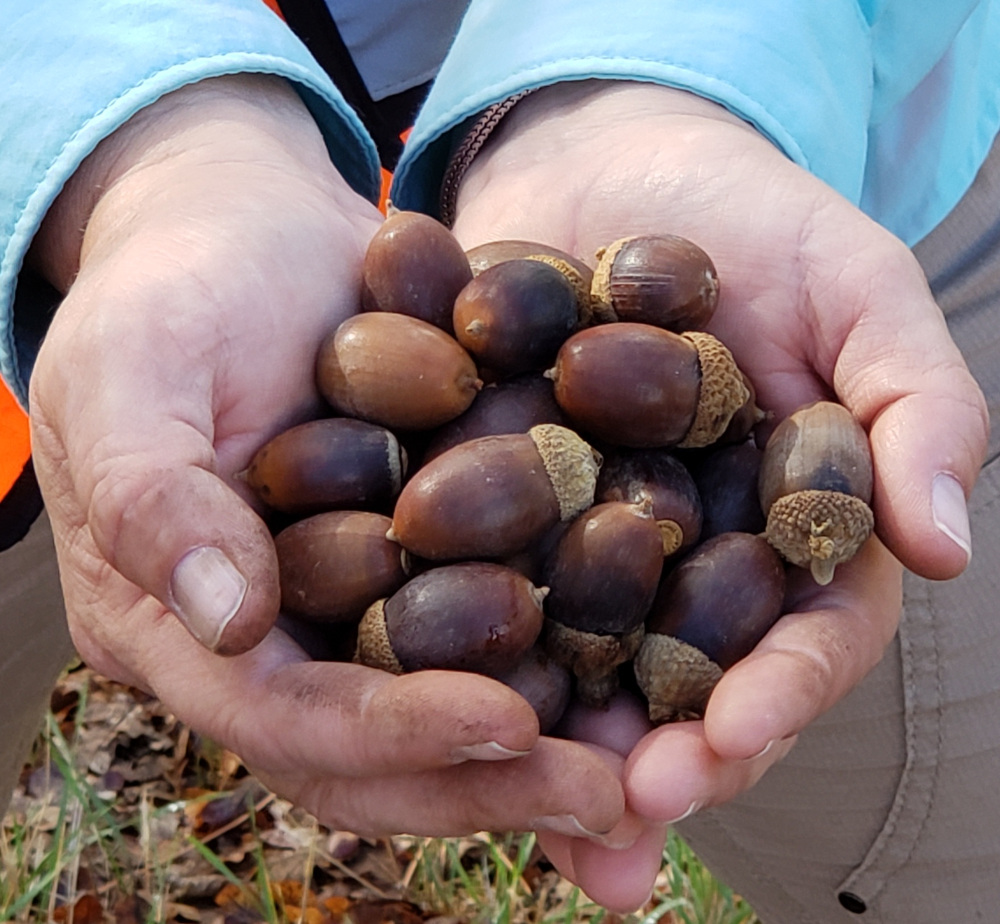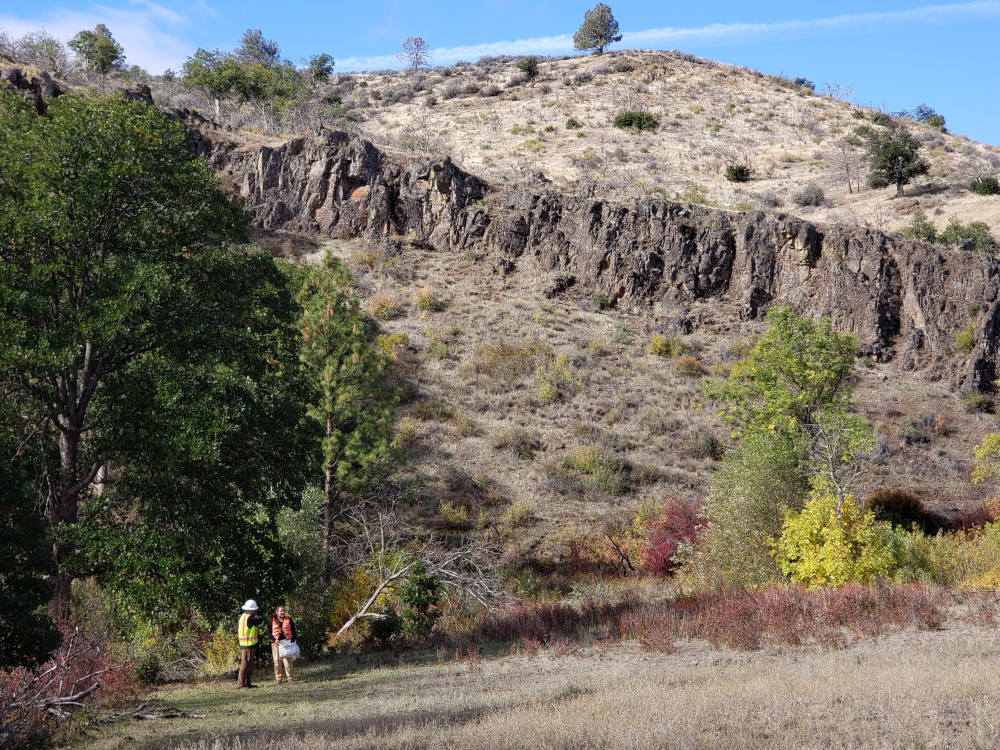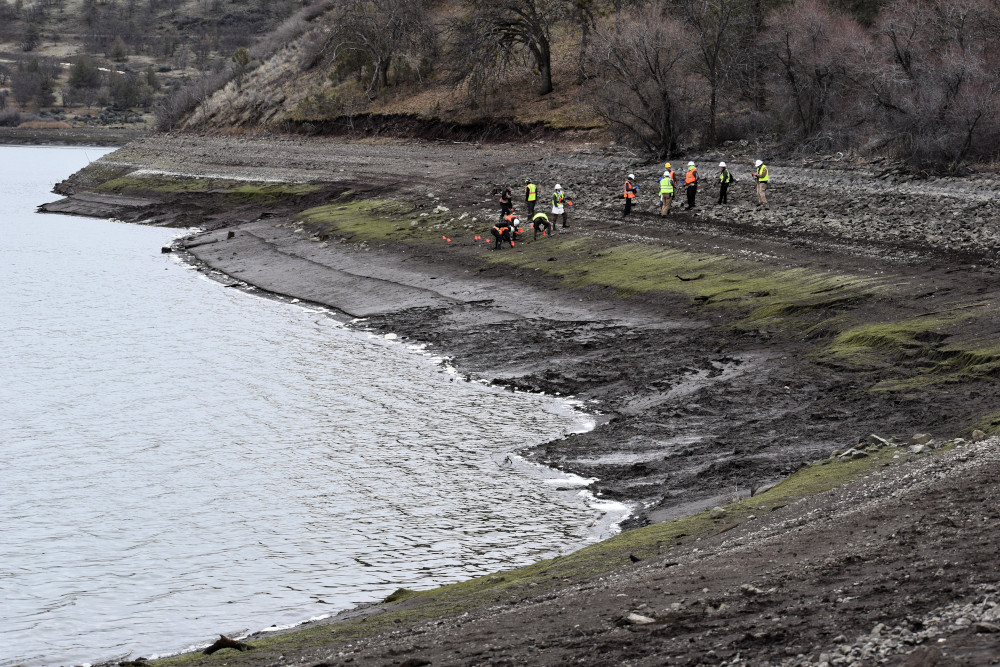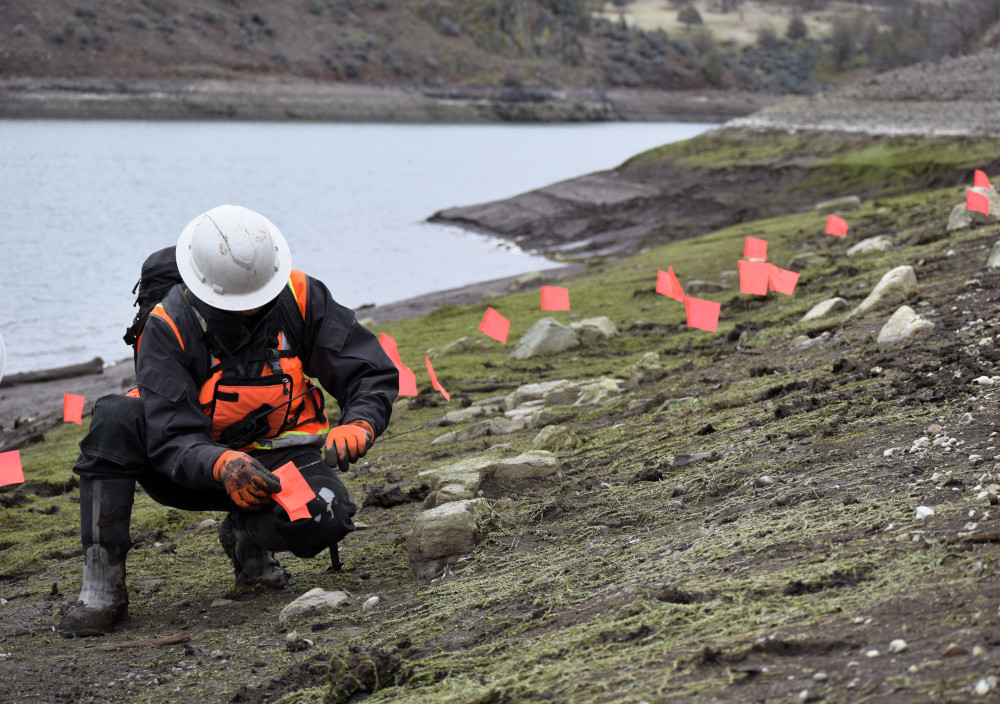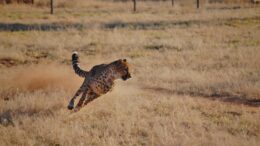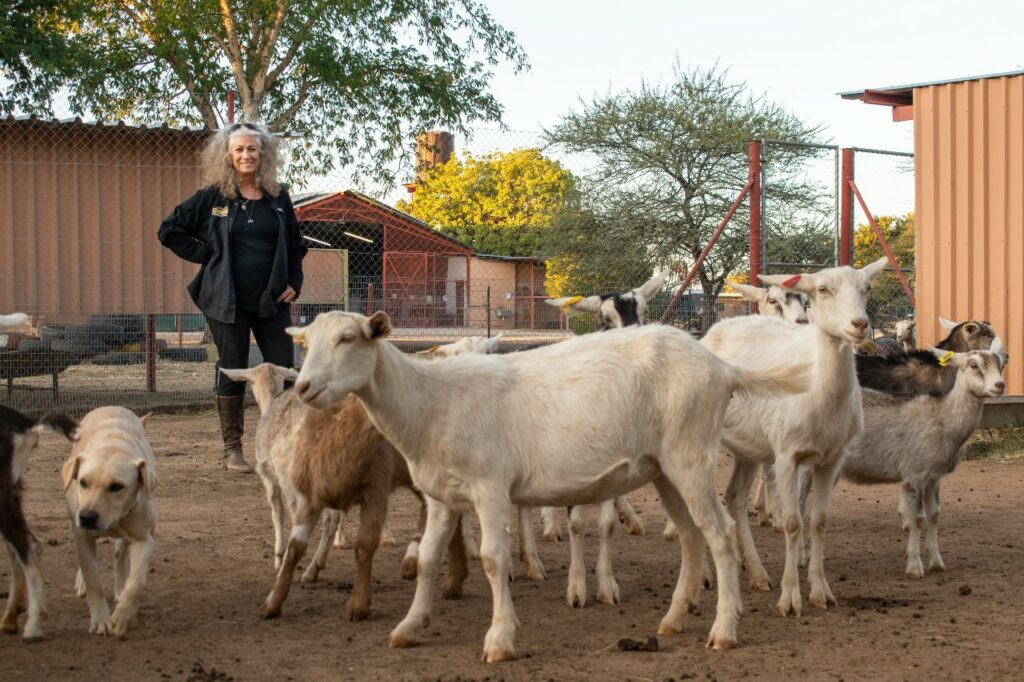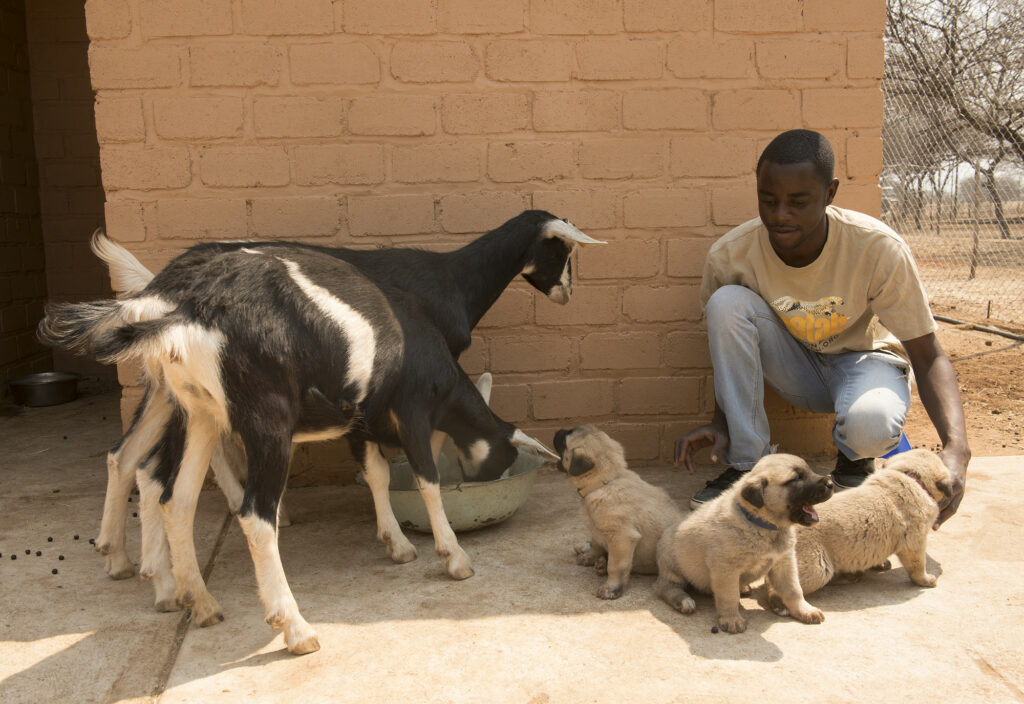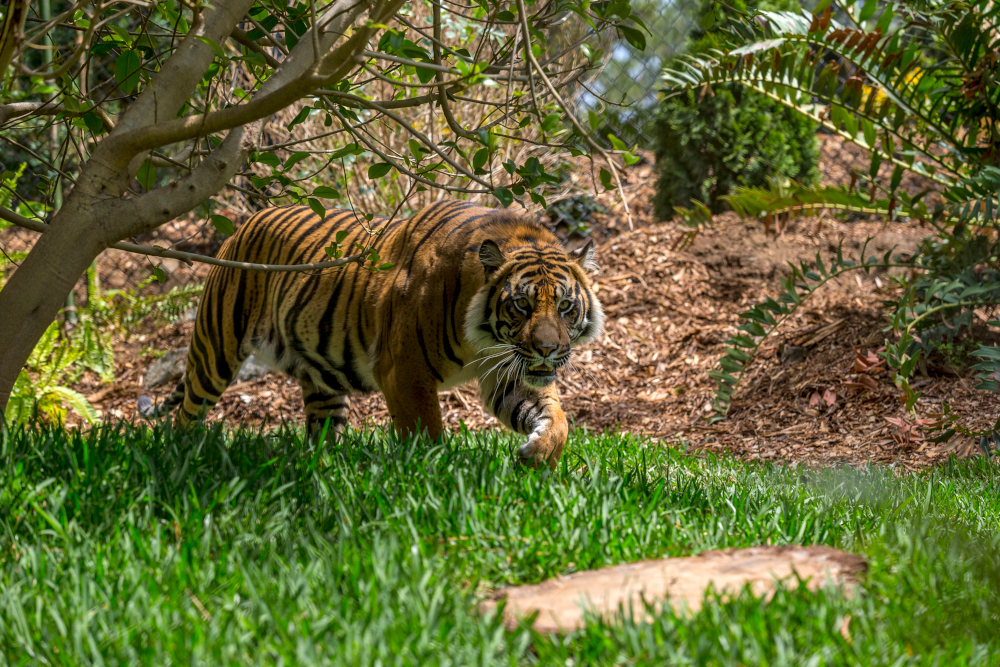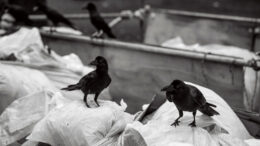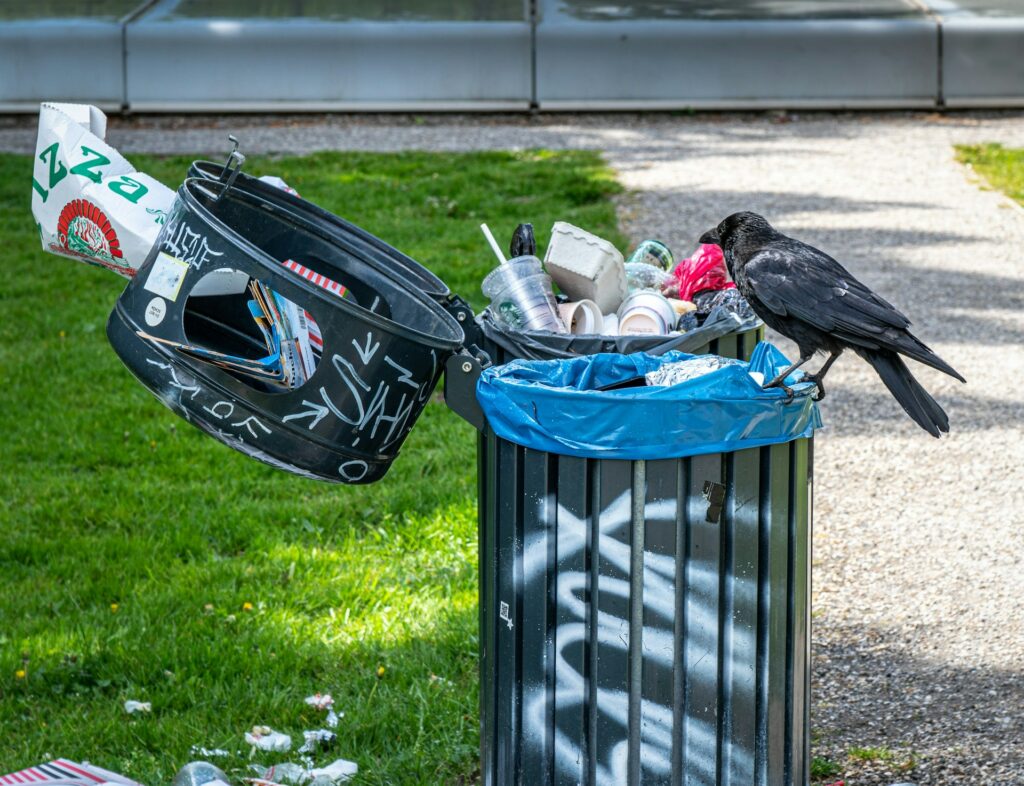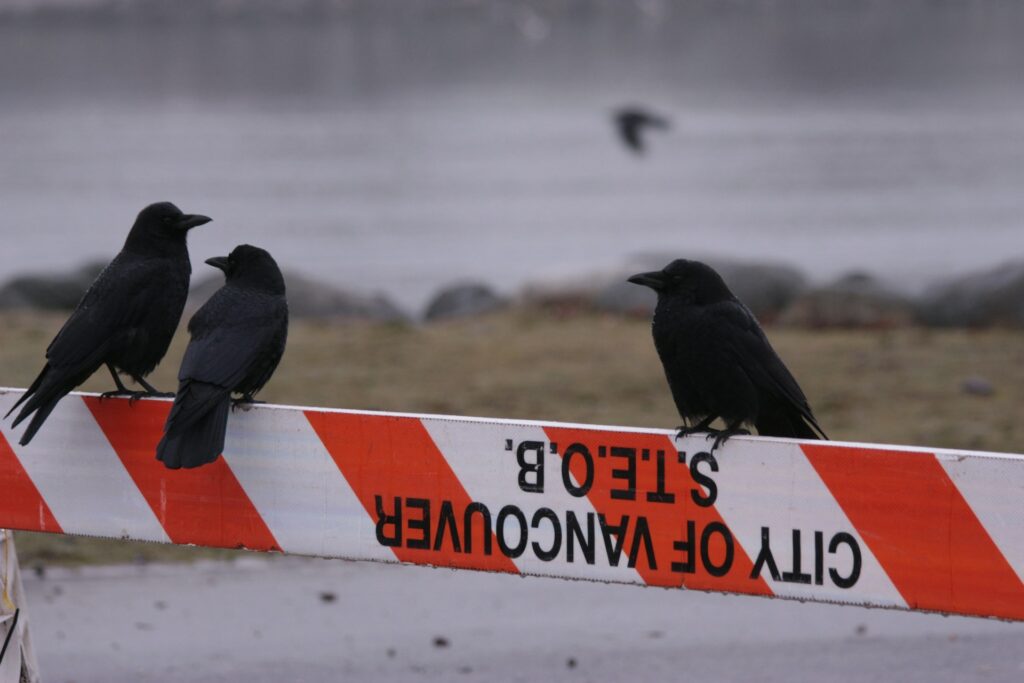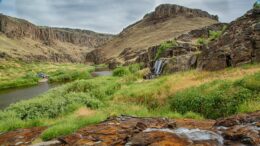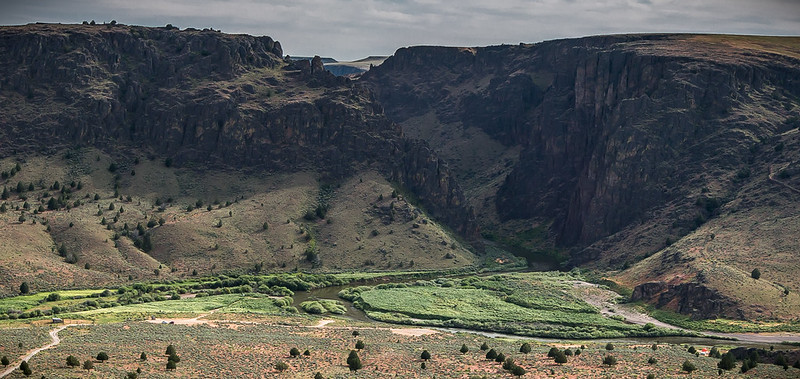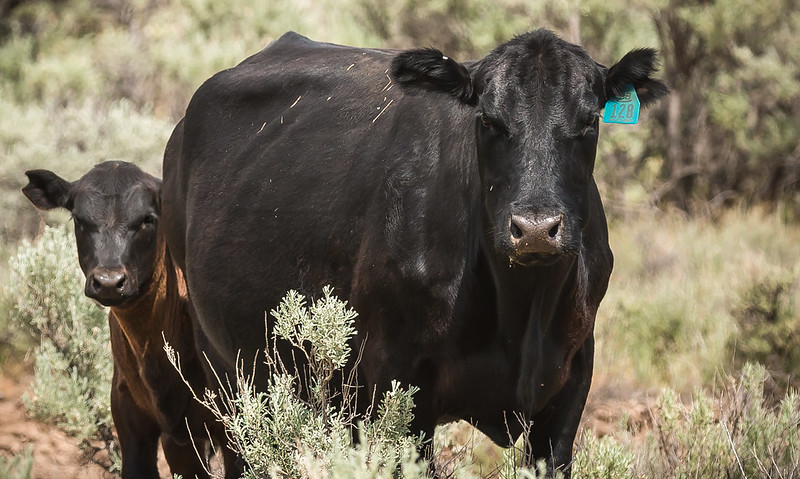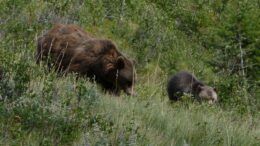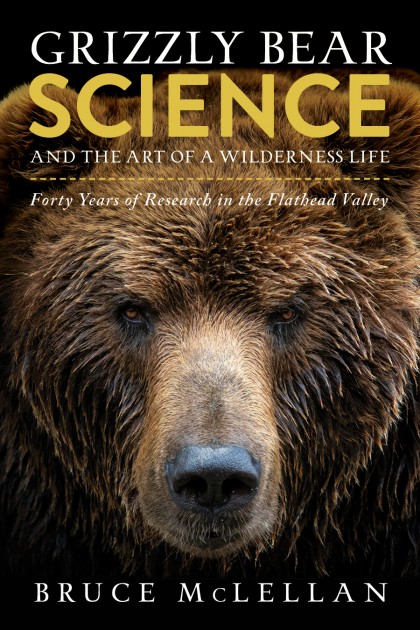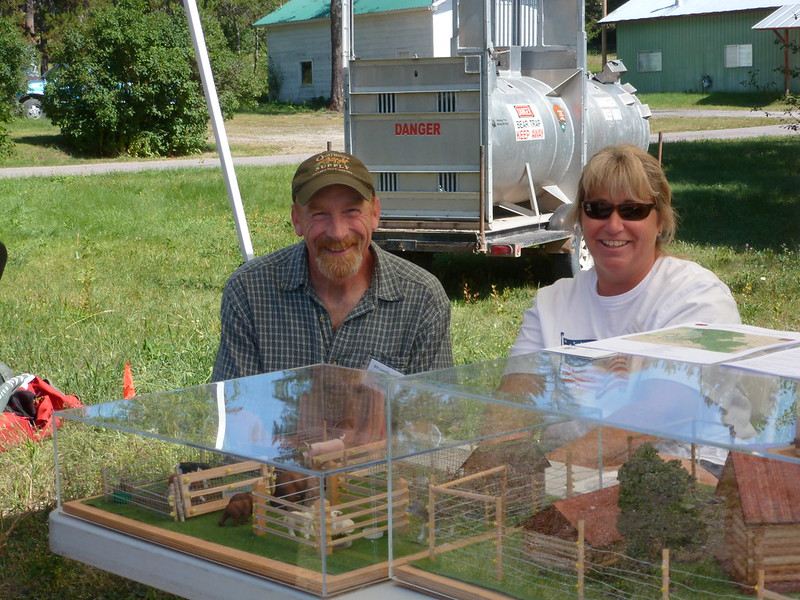When Hurricane Katrina walloped New Orleans in August 2005, it destroyed Trish O’Kane’s home and neighborhood and took some of her neighbors’ lives. As the toxic floodwaters receded, O’Kane, who had worked as human-rights journalist in Central America and was about to start teaching writing at a college in the city, found hope in a surprising place.
Birds.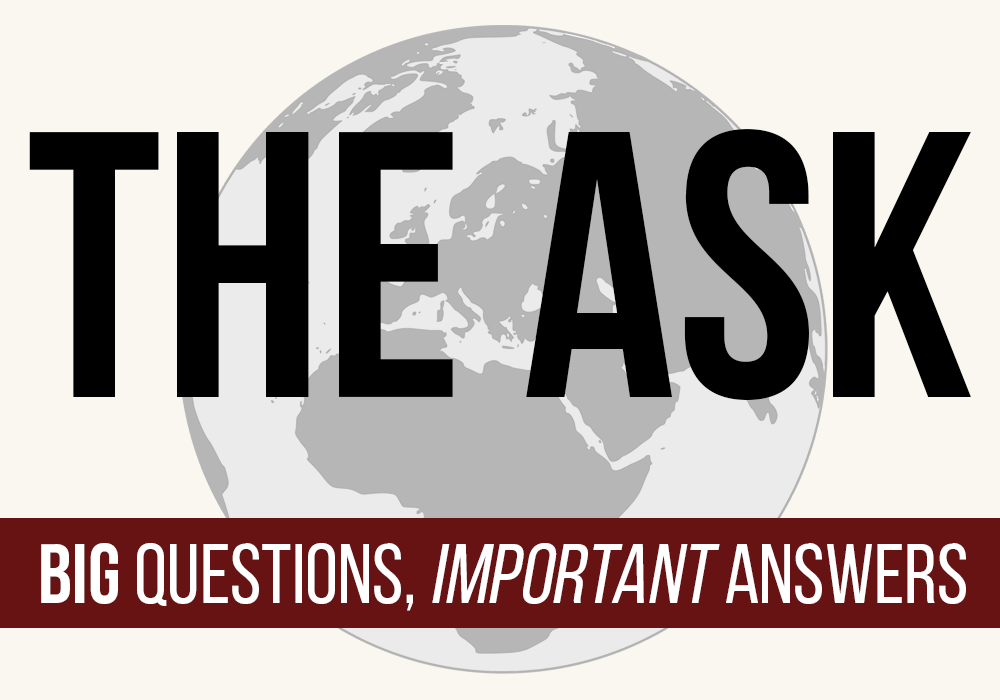
Katrina ignited her concern with the environment and an interest in birds that sent her career — and life — on a wild new path. She left the South to pursue a doctorate in ecology at the University of Wisconsin-Madison, where she became enmeshed in local activism and found that birding and nature don’t need to be segregated from racial and justice issues.
Her memoir, Birding to Change the World, is a way of repaying her debt to the birds. In it she tells the story of Wild Warner, a neighborhood environmental defense group she helped to found in Madison, and how she’s developed environmental education programs that bring middle school and college students together in nature to create lasting change.
O’Kane, now a senior lecturer at the University of Vermont, tells The Revelator why birding and journalism aren’t that different, what happens when kids connect with nature, and how to build a flock that can tackle our biggest environmental problems.
In your book you explain how the devastation of Hurricane Katrina was a wake-up call for you to learn about the environment. How did birds become that entry point?
They were there. My husband and I evacuated to Alabama where we had friends and we had lived before. And then I returned to New Orleans to teach the following semester when the colleges reopened. Our house was destroyed. Our whole neighborhood was destroyed. Many of our neighbors drowned. So I was living in another area of the city, renting a room in a house in an area that hadn’t flooded.
I wake up the first morning, totally disoriented in a new place, and it’s silent. I can’t hear traffic, I don’t hear people. I lay there in the bed thinking, “Oh my God, I’m in a city. And it’s very quiet. And that’s because a lot of people died and a lot of people haven’t returned, and who knows if they will?” It was very strange and sad.
Right then I heard this clicking and I had the window open and I looked outside. It was probably about 6:30 a.m., and there’s this red bird in a bush. I knew it was a cardinal. That’s all I knew. Nothing else. I just saw it and thought, “There’s something still alive here.” A lot of animals drowned, but the birds were there, and that’s how it began, really with that first cardinal.
Birds are accessible. They’re a portal into the natural world.
You started a birding club in Madison where your college students became mentors with local middle school kids — a program you also now run in Burlington, where you teach at the University of Vermont. How did this first start?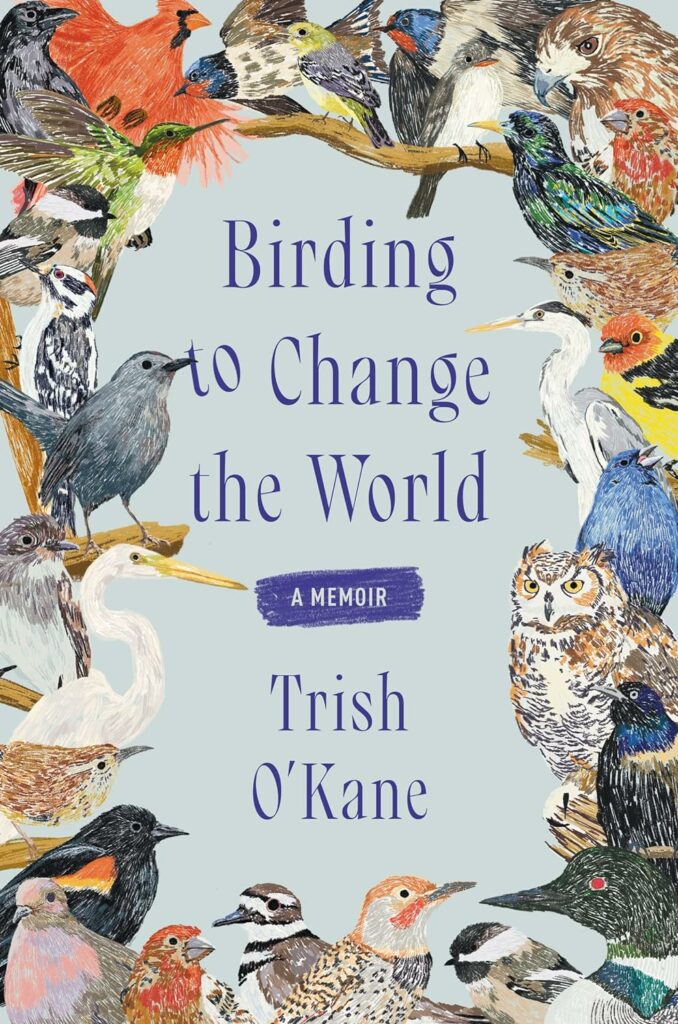
I never imagined myself doing this. I wasn’t a birder or a bird person, or even really an environmentalist. This is a second life for me. I was an investigative human-rights journalist in Central America for 10 years, and then several years in the deep South.
What happened was, I had moved to Madison to get a Ph.D. in natural resources so I could understand what a wetland was and what had happened in Katrina. I took ornithology because I got interested in birds in New Orleans because of that cardinal. The professor tells us our homework is to go birding for an hour. We were living across the street from this wonderful park, called Warner Park, and I started birding in that park an hour a week, and then it was an hour a day, and then it was up to five hours a day, and then it was weekends and owling at night.
Any birder who’s reading this will know what I’m talking about. I went off the deep end.
Soon after that, about a year or two, I discovered that there was a city plan to build in this park and to pave areas of it, and it was going to destroy the birds’ homes. I was distraught. I didn’t know what to do. I’d never done any environmental organizing, but I thought, “These birds are saving my soul. I have to do something.”
So I started going to neighborhood meetings, city council meetings, and it was a city counselor who I was fighting with at the time over the development plans, who said to me that this park is surrounded by latchkey kids with parents who are working two jobs. They live on the edge of this park, but there’s no environmental programs and the kids aren’t playing very much in the park.
She said, “I want to see those kids in the park. You’re at the university, you do something about that.” Because I don’t have children and didn’t know much about them at the time, I thought I’d work with little, very well-behaved children who are interested in birds and are going to be adoring and respectful. I got a real wake-up call at a neighborhood meeting when there was a principal of a middle school who said he needed tutors for his kids.
I thought middle school kids sounded terrible. I was a terror in middle school. But I learned in Central America that you don’t do what you want to do, you do what your community is asking you to do. So I thought, “I’m going to go talk to this guy. This is crazy, but I’m going to see what he thinks about an afterschool birding club.” And the first meeting, he said he thought it was great. He said, “My sister works at Cornell Labs. I know about the birding thing. I bet this could get really popular.”
We started with five kids the first semester. Never in my wildest dreams did I think there would be 45 and then 95 signing up five years later. That’s how it all happened. I didn’t plan it. I didn’t expect to do it, and I certainly would never have chosen middle school kids. I am sorry now to say that because they were delightful. I fell in love with them, but I was afraid at first.
Also, I didn’t do this alone. I’ve had some incredible mentors all along the way. There has been an explosion of groups led by birders of color. I use two books in my class as texts. One is Rodney Stotts’ Bird Brother: A Falconer’s Journey and the Healing Power of Wildlife. The other is Dr. Drew Lanham’s Home Place: Memoirs of a Colored Man’s Love Affair With Nature. The birding world and my work has been heavily influenced by him. He came to Madison and helped me with the kids.
Looking back now does it seem like a leap from human rights journalist to someone who teaches birding?
It’s not two separate lives. I’m still a journalist. It’s just that I see myself as interviewing the birds now and other nonhumans. That’s not easy. There are different techniques you have to use.
The other thing is in my teaching, the social justice aspect and the human rights are part and parcel of what I teach. I am not just teaching ornithology. My [college] students are paired with kids at the local school in my neighborhood [in Burlington, Vermont]. Through birding together, my students are forced to examine — as I was forced to examine when I started birding — how much privilege is associated with birding and with recreating outside, especially in a place with such a cold climate. Every winter here in Vermont, and it happened in Madison, there are some students who will declare after two or three weeks, “What’s wrong with these kids’ parents? How come the kids are wearing cotton socks or sneakers? How come they don’t have good boots?”
I live in a neighborhood that’s very mixed income, and Vermont is very expensive. Some of these kids don’t have $25 SmartWool socks or whatever they cost. That’s when I say to my students, “Hey, sit down and make your clothing privilege list right now. What are you wearing and what does each item cost?” I’ll tell you what I’m wearing. It’s about $600 worth of stuff, even though it doesn’t look very good. I’ve been wearing it a while. We’ve got the $100 Smartwool undershirt. How many families in my part of Burlington with several kids can afford to buy every single one of those kids Smartwool socks or an undershirt like that? Not a lot of people.
And then there’s human rights. What about the rights of children to go outside and play? Our children are imprisoned in these little desks all day long. We’re making our children sick in this country. So I think it’s a human right to go outside and play and learn to climb a tree.
What about the right not to be terrified that they’re going to lose the world we’re in? I’ve got fourth and fifth graders right now that say to us on the first day of our afterschool bird club, “Yeah, this is beautiful, but it’s all going to be gone. The bees and the flowers are all going to die.”
What kind of changes do you see in your college students and in the younger kids they mentor when they go through the program?
Their teachers report that the kids start raising their hands in class. They start seeing kids who had never spoken up before telling stories about the animals. One little boy at the school here ended up on TV. We were invited by a local TV station to give a presentation, and it was in City Hall, standing room only, packed to the rafters. This kid gets up and gives the first speech about the park. Some of his teachers were in the audience. His first-grade teacher came up to me afterwards, she said, “He never raised his hand. I can’t believe it. He’s the quiet one.” I said, “Well, he is not quiet in our club.” He never stopped talking about the animals.
So you get these kids outside and they can be themselves. And the same thing happens with my college students. They become like kids. They become more playful, a lot less anxious. There’s a serious mental health crisis hitting colleges right now. It’s not hard to understand with a world on fire and falling apart.
This is a respite for my students. It teaches them that all they have to do is go outside. We’re lucky and privileged to live on a beautiful green campus. It teaches them what I learned after Katrina. The birds are there for you. The animals are there, the trees are there. Get outside and you can calm yourself. And then we can start to find a way forward together. But if we’re not calm and we don’t have clear heads, how are we going to find our way out of this mess?
In 2018 a shy student fell so madly in love with the tiny golden-winged warbler that she began protesting in Vermont to protect the bird’s summer nesting grounds threatened by a natural gas pipeline. This fight led her across the Canadian border to testify in Montreal at an international stockholders’ meeting to stop natural gas fracking on indigenous lands. After she graduated, she continued to work to stop pipelines across Vermont. Now she and a crew of joyful, creative young people are working to shut down the last coal plant in New England.
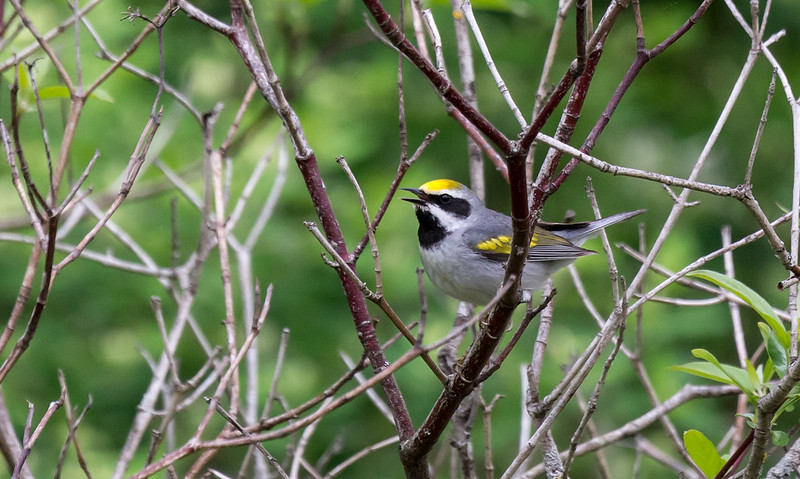
There is also a mighty flock of former birding mentors now from both UW-Madison and UVM working all over the country as teachers, environmental educators, urban planners, land stewards, lawyers, journalists, researchers and environmental activists. They are scientists, nature center directors and school garden coordinators.
Birding can seem like a really solitary endeavor. How do you use it to build community and connection?
One of the main goals of my class is to build a flock. I have my students over; they were here two weeks ago for bagels and coffee, birding in my backyard in the morning, which they love. And we saw birds. But the main goal was for them to get to know each other better, get to know me better and get to know the neighborhood better. I walk them around the neighborhood. This is where the kids live who we work with.
The other thing I do is pair every student with another student as a bird buddy. And if there are any students who know birds already, they’re paired with the ones who don’t know anything. So they have to teach each other, and they have to go out every week together for an hour. I will tell you, lifelong friendships come out of that weekly hour. For me, especially now in the world we live in and with the phones and the social media and the isolation and the mental health issues, building a flock in my class is my number one priority.
There’s over 100 scientific studies on the benefits of spending time outside. Not very many of the studies, very few of them, focus on birds because it’s hard for scientists to parse out the benefits of watching birds versus just being outside with the trees and the vegetation. But I think that so many of the public health problems we have right now in this country could be solved if people just spent more time outside.
The solutions are staring us in the face. They’re right out the window. And a lot of people discovered that during the pandemic. But I think people need to think about this more and how we can change our education system so kids spend more time outside and we have far fewer mental health problems and kids on medications.

